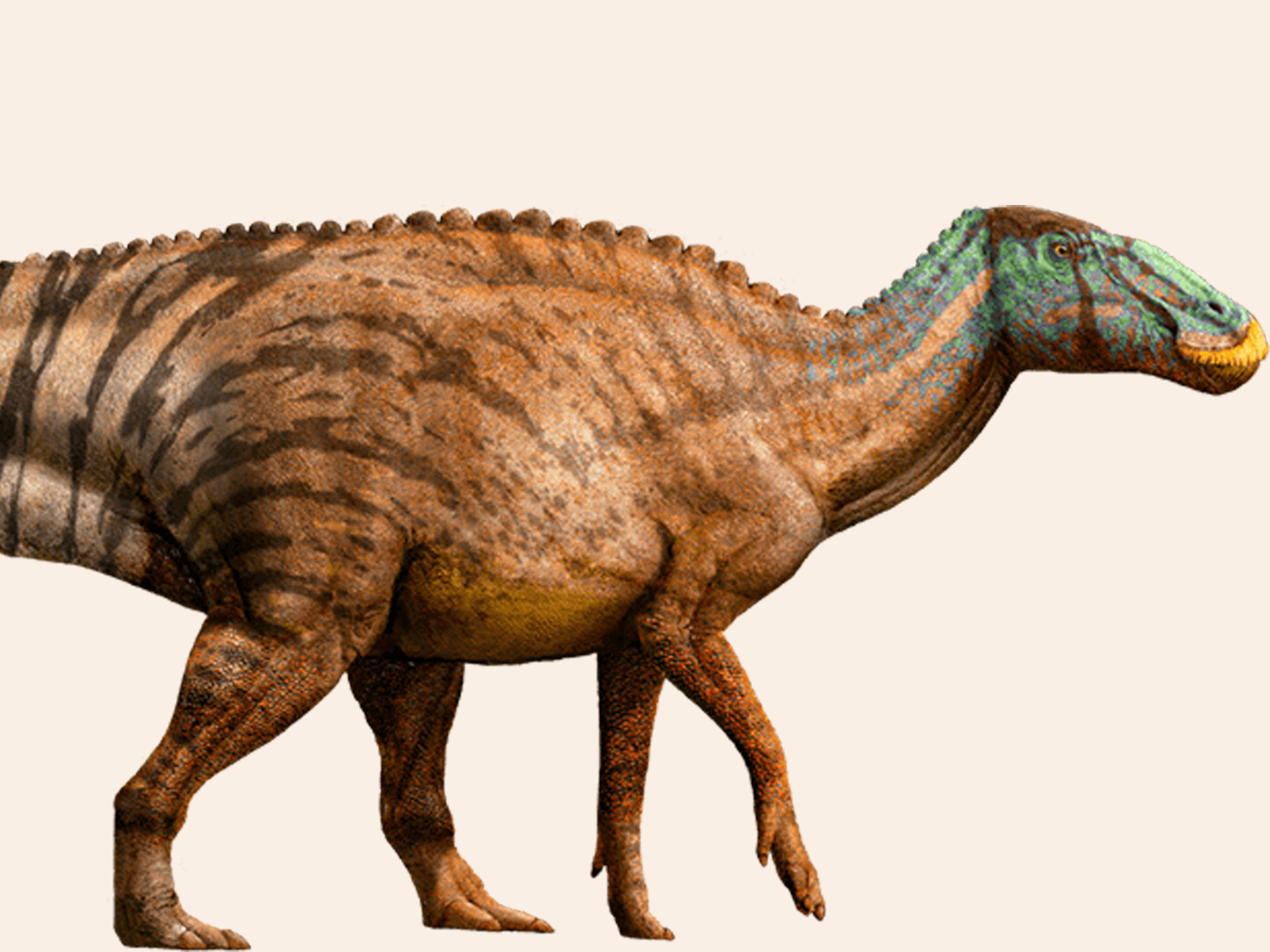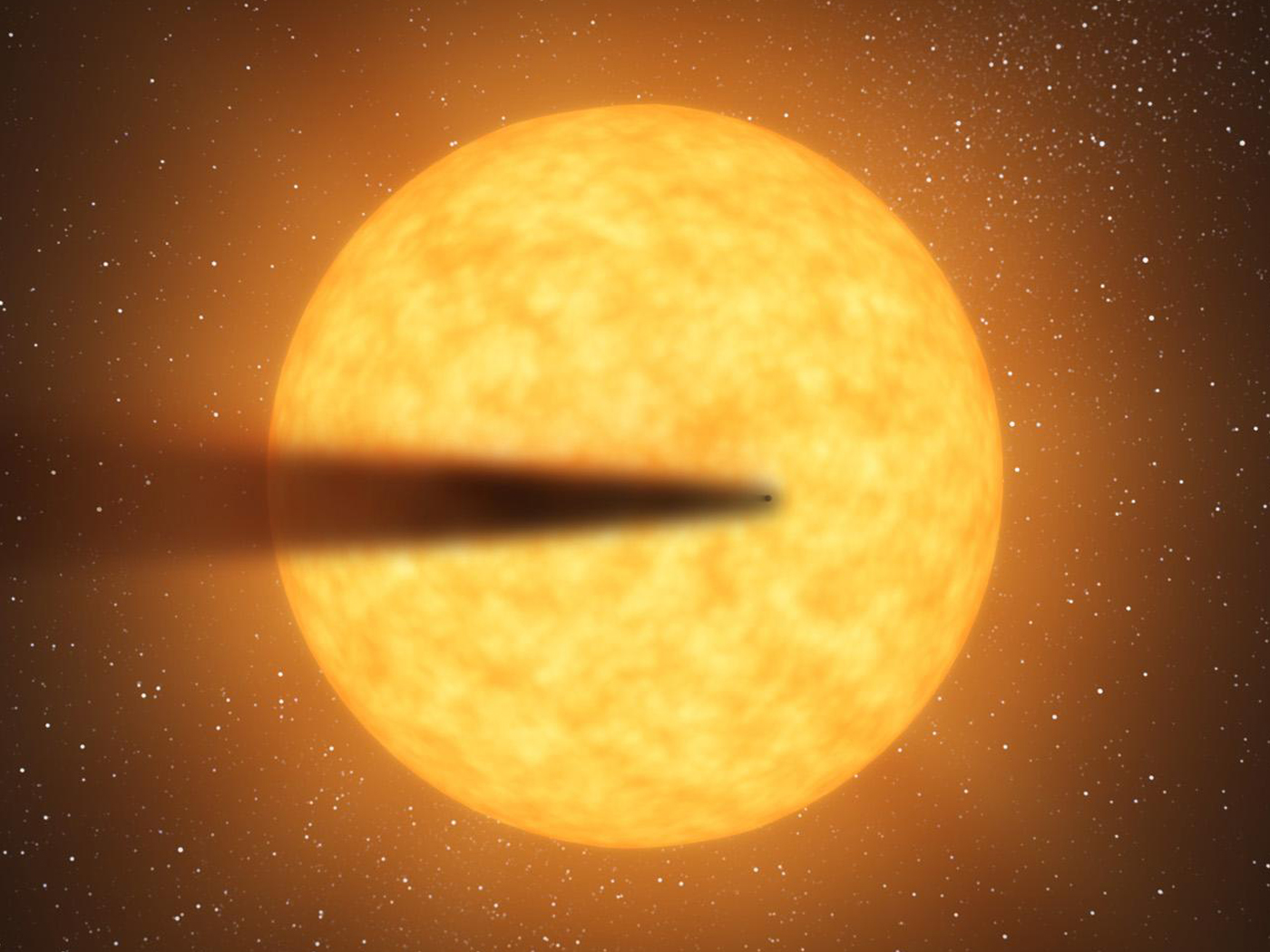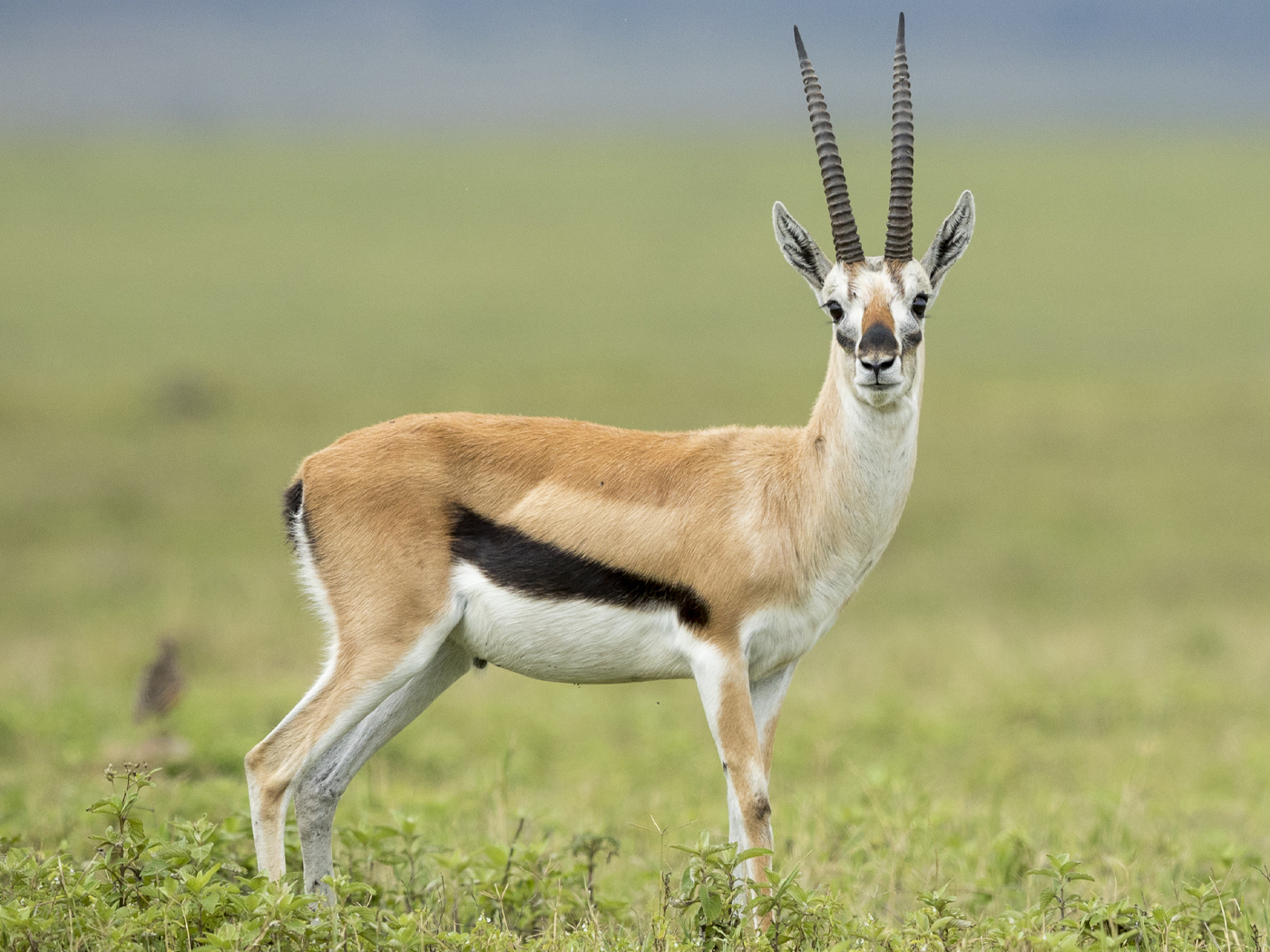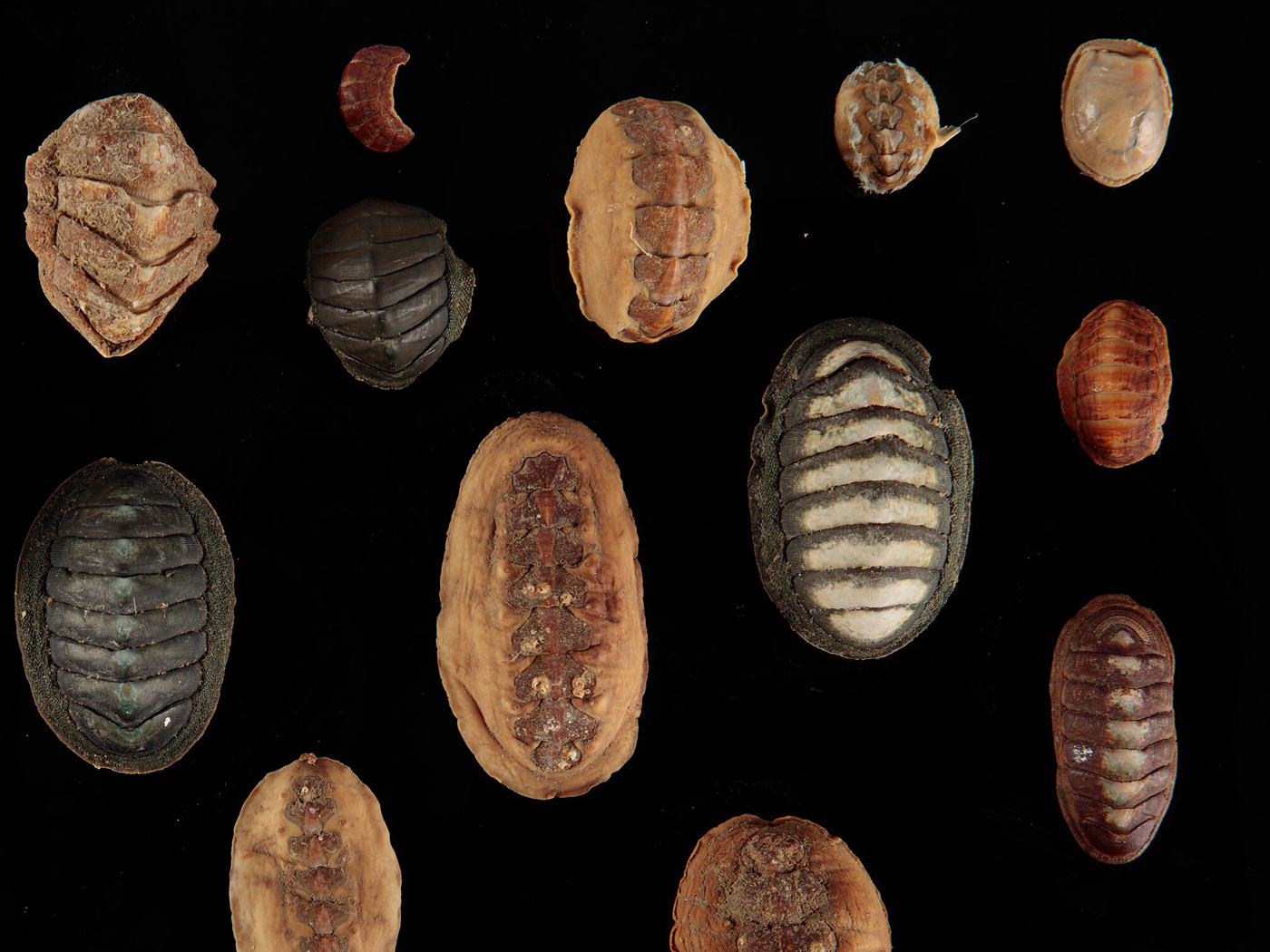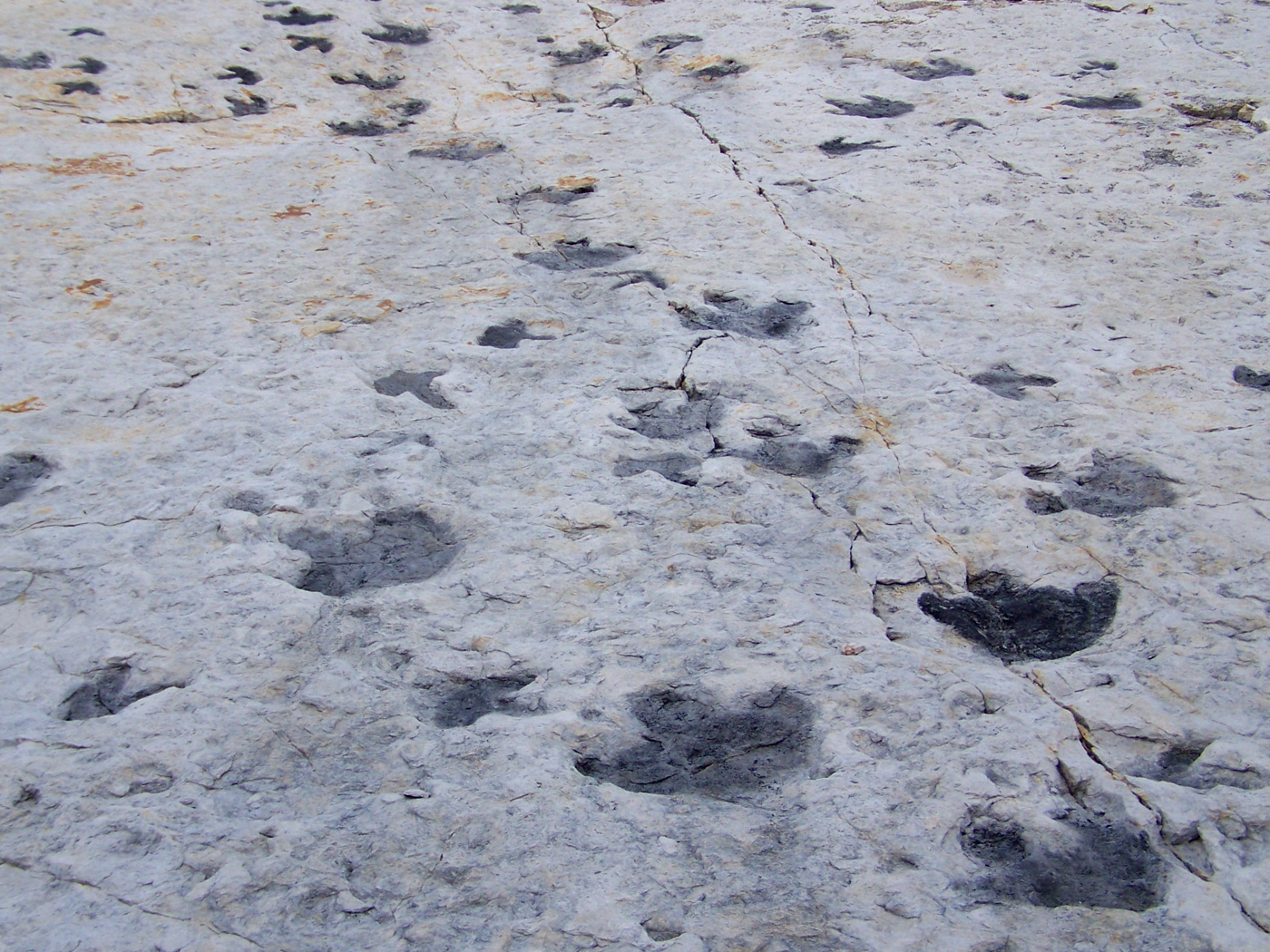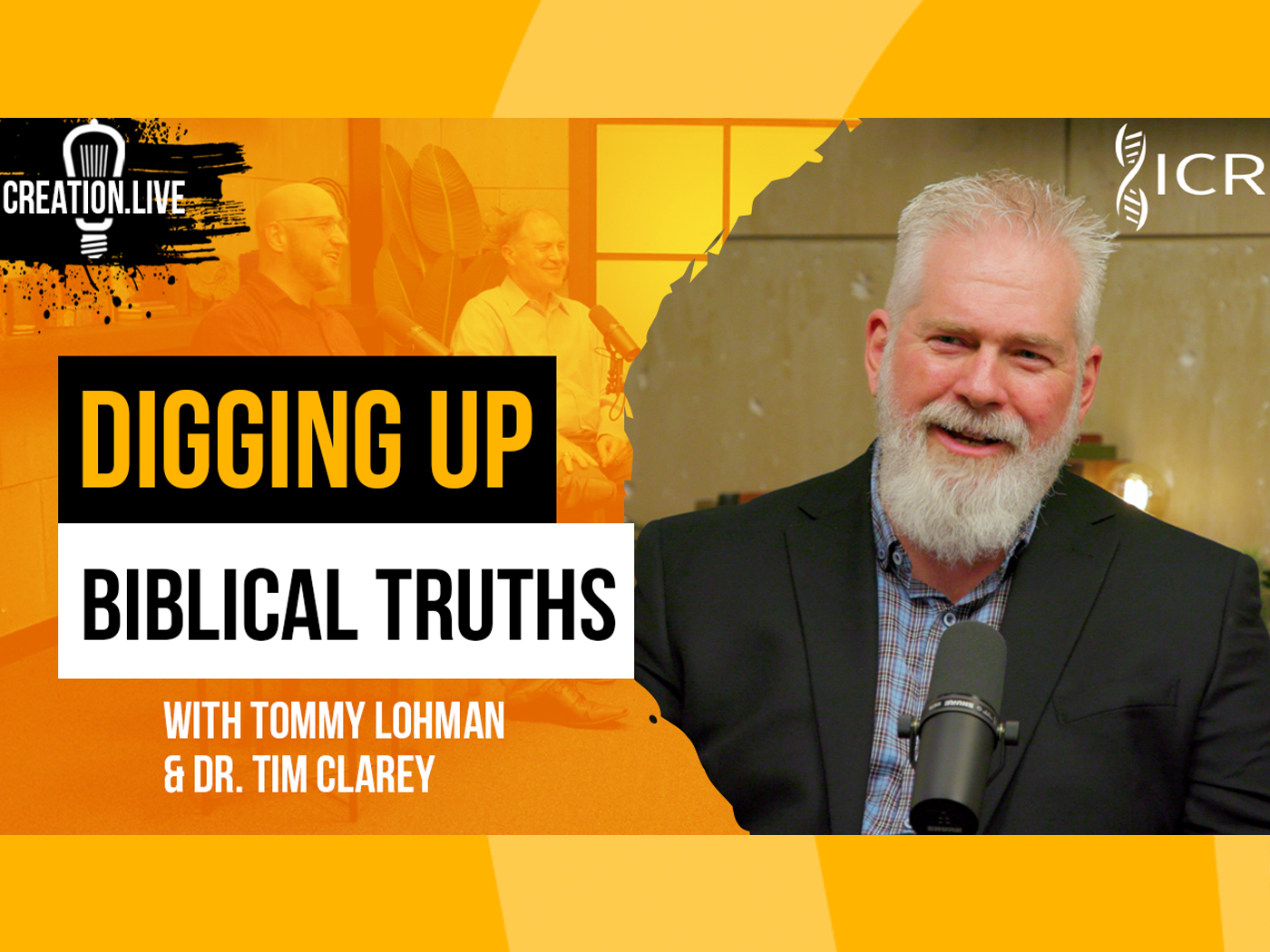Introduction
The "mammal-like" reptiles were a highly varied, widely distributed group of reptiles that had a number of characteristics that are found in mammals. Assuming evolution to be a fact and that mammals must have arisen from reptiles, evolutionists thus quite logically assume that the presence of these mammal-like characteristics provide support for the theory that mammals arose from one or more groups of creatures within these mammal-like reptiles.
Creationists do not accept these assumptions, of course. They point out that the vertebrates are extremely varied. Some weigh less than an ounce, while others weigh several hundred tons. Some are restricted to the land, with considerable differences in mode of locomotion. Others are skillful fliers, while others live exclusively in the sea. Evolution or no, it would be surprising indeed if vertebrates from different classes did not share many characteristics in common.
Looking at the problem with a broad overview, we would have to say that the evidence is all in favor of the creationist view, since there is not a shred of evidence in the fossil record to link the vertebrates to any supposed ancestor among the invertebrates. Even though this transition is supposed to have taken 100 million years, not a single intermediate has ever been discovered. If vertebrates themselves have not evolved, as seems certain, evolution theory is dead, and it is foolish to speculate about evolution of groups within the vertebrates, or within any other division. If we look at the problem with a more limited perspective, if we confine our attention to the reptiles, mammal-like reptiles, and mammals, then there is evidence which supports each viewpoint.
The Evolutionary View of the Evidence
Let us first examine the evidence which supports the assumption that mammals have evolved from reptiles. In doing so, we will look at the geological column and time spans through the eyes of evolutionists, as must be done if the evidence is to be evaluated within the assumptions of the evolution model. "Primitive" mammal-like reptiles appear simultaneously in the fossil record with the "reptile-like" reptiles in the late Pennsylvanian Period. From the start these creatures possessed certain characteristics which are now associated with mammals, but other mammal-like characteristics, such as a secondary palate and a double occipital condyle, were lacking. Later, in the Permian and then in the Triassic "advanced" mammal-like reptiles appeared that possessed these and other mammalian characteristics, including highly differentiated teeth and an enlargement of the dentary bone of the lower jaw and a reduction in size of the other bones of the lower jaw. Finally, at about the Triassic-Jurassic boundary, or approximately 180 million years ago on the evolutionary geological time scale, a creature existed, it is maintained, which possessed all of these mammal-like characteristics and which, though it still retained a fully-functional reptilian type (quadrate-articular) jaw-joint, also possessed, side-by-side with this reptile jaw-joint, a mammalian type (squamosal-dentary) jaw-joint. We then had a creature which evolutionists designate as the first mammal.
Some General Observations
When evolutionists wish to cite evidence for evolution, they almost always point to the alleged reptile-to-mammal transition, Archaeopteryx (a supposed intermediate between reptile and bird) and the horse series. Gould and Eldredge exclude Archaeopteryx as a transitional form, calling it a strange mosaic which doesn't count as a transitional form1, and Eldredge, although he does believe that horses have evolved, states that there are no transitional forms between the different types of fossil horses.2 Thus, there seems to be pitifully little evidence for evolution if indeed millions of species have gradually evolved through hundreds of millions of years. If this has happened, our museums should be overflowing with vast numbers of unquestionable transitional forms. There should be no room for question, no possibility of doubt, no opportunity for debate, no rationale whatsoever for the existence of the Institute for Creation Research. Instead of these vast numbers of undoubted transitional forms that should exist, however, the case for evolution rests on a very few doubtful examples, one of which is the alleged reptile to mammal transition.
Let us now look at the so-called reptile to mammal transition from a critical viewpoint. We wish first to make some general observations. Does the possession by a creature of some characteristics which are possessed by a second class of creatures necessarily indicate that it is transitional between these two classes? To answer that question in the negative, we can cite numerous examples. Seymouria was a creature that possessed some characteristics found in amphibians and some characteristics found in reptiles. It should therefore constitute a "perfect transitional form" between amphibians and reptiles. It could not possibly have been such an intermediate, however, since it first appeared at about the beginning of the Middle Permian, which is at least 20 million years too late on the evolutionary time scale to be the ancestor of the reptiles, which had already made their appearance in the preceding Pennsylvanian Period.
Another example is the living duck-billed platypus. This creature is a mammal, and yet it has a duck-bill, webbed feet, and lays eggs, in addition to possessing other characteristics that might be called reptilian. It has characteristics of mammals, reptiles and birds, and perhaps could be called a "primitive" mammal. It could not possibly be ancestral to mammals, however, because it appeared very recently, about 150 million years too late to be the ancestor of mammals! In fact, this unique combination of structural features renders it impossible to suggest that it arose from any particular class of vertebrates or that it could have been an intermediate between any two classes. Many similar examples could be cited. Thus the existence in a single creature of characteristics possessed by animals of two different types does not necessarily indicate that this creature is an intermediate between these two types.
Mammal-like reptiles appeared supposedly right at the start of the reptiles, gradually became more mammal-like through the Permian and Triassic, and finally culminated in the appearance of the first real mammals at the end of the Triassic. At this time the mammal-like reptiles essentially became extinct, even though earlier they had been amongst the most numerous of all reptiles, world-wide in distribution. Since evolution is supposed to have involved natural selection, in which the more highly adapted creatures reproduce in larger numbers and thus gradually replace the less fit, we would now expect the mammals, triumphant at last, to flourish in vast numbers and to dominate the world. A very strange thing happened, however. For all practical purposes, the mammals disappeared from the scene for the next 100 million years! During this supposed vast stretch of time, the "reptile-like" reptiles, including dinosaurs and many other land-dwelling creatures, the marine reptiles, and the flying reptiles, swarmed over the earth. As far as the mammals were concerned, however, the "fittest" that replaced the mammal-like reptiles, they were almost nowhere to be found. Most of the fossil remains of mammals recovered to date from the Jurassic and Cretaceous Periods, allegedly covering more than 100 million years, could be contained in two cupped hands. Most such mammals are represented by a few teeth. If evolution is supposed to involve survival of the fittest, and the fittest are defined as those that reproduce in larger numbers, the origin of mammals represents something very strange, indeed. Since they survived in very few numbers, evolution apparently occurred by survival of the unfit!
Now another very strange event (from an evolutionary viewpoint) took place. Very suddenly (on an evolutionary geological time scale), most reptiles, including all the dinosaurs, marine reptiles and flying reptiles, disappeared and were abruptly replaced by a great variety of land-dwelling, flying, and marine mammals, which appear fully-formed. As documented in an earlier Impact article (No. 87…"The Origin of Mammals", September 1980), each specific type of mammal, such as bats, whales, primates, hoofed mammals, rodents, carnivores, insectivores, and monotremes (duck-billed platypus and spiny anteater) appear in the fossil record with their basic characteristics complete at the very start. It is strange that all that can be produced to document the evolution of the mammals are some generalized forms, but not one shred of evidence can be produced to document the evolution of a single specific mammal, such as bats, whales, rodents or primates.
A Critical Review of the Evidence
… The jaw-joint …
Now let us consider the two creatures, Morganucodon and Kuehneotherium that supposedly represent the most definitive transitional forms between reptiles and mammals. These are the creatures that, it is claimed, possessed the mammal-type jaw-joint side by side with the reptile-type jaw-joint. In mammals there is a single bone in each half of the lower jaw, called the dentary, since it bears the teeth, and this bone articulates directly with the squamosal area of the skull. Reptiles have six bones in each half of the lower jaw. Articulation of the jaw with the skull is indirect, with the articular (one of the bones of the jaw) articulating with the quadrate bone of the skull, a bone not found in mammals. Another fundamental difference between reptiles and mammals is the fact that all reptiles, living or fossil, have a single bone in the ear, a rod-like bone known as the columella, which connects the tympanum (eardrum) to the inner ear. Mammals possess three bones in the ear called the stapes, incus, and malleus, which connect the cochlea to the tympanum. Evolutionists maintain that the stapes corresponds to the columella and that the quadrate and articular bones of the reptile somehow moved into the ear to become, respectively, the incus and malleus bones of the mammalian ear. No explanation is given how the intermediates managed to hear while this was going on.
Another difficulty with the above notion is the fact that while thousands of fossil reptiles have been found which possess a single ear bone and multiple jaw bones, and thousands of fossil mammals have been found which possess three ear bones and a single bone in the jaw, not a single fossil creature has ever been found which represents an intermediate stage, such as one possessing three bones in the jaw and two bones in the ear.
Morganucodon3 and Kuehneotherium4 each possessed a full complement of the reptilian bones in its lower jaw. Furthermore, there was no reduction in the functional importance of the reptilian (quadrate-articular) jaw-joint, even though these creatures are supposed to be intermediates between reptiles and mammals, allegedly possessing a mammalian (squamosal-dentary) jaw-joint in addition to the reptilian jaw-joint. Kermack, et al., state "The most striking characteristic of the assessory jaw bones of Morganucodon is their cynodont character. Compared with such a typical advanced cynodont as Cynognathus, the accessory bones present show no reduction, either in size or complexity of structure. In particular, the actual reptilian jaw-joint itself was relatively as powerful in the mammal, Morganucodon, as it was in the reptile Cynognathus. This was quite unexpected."3 (We would interject here that we emphatically reject the idea of calling Morganucodon a mammal.)
These authors relate that it has long been generally held by evolutionists that there was a progressive weakening of the jaw joint in passing from early to late cynodonts, which weakening continued into the first mammals (the cynodonts were "advanced" mammal-like reptiles). This is what one would predict if mammals evolved from reptiles and there was thus a gradual evolutionary replacement of the reptilian jaw-joint by the mammalian jaw-joint. Kermack and his co-workers now reject this idea since the reptilian jaw-joint of Cynognathus was extremely powerful and the lower jaw of Morganucodon closely resembled that of Cynognathus.
There is no doubt whatsoever therefore, that Morganucodon had a powerful standard reptilian type jaw-joint. Although almost all of the available material related to Morganucodon consists of disarticulated bones (the individual bones are scattered about) and almost all of the individual bones consist of fragments, a fragment of a jaw was recovered with the quadrate bone still in contact with the articular bone, leaving no doubt about the existence of a reptilian jaw-joint in this creature. But did Morganucodon and Kuehneotherium have, in addition to this reptilian jaw-joint, a point of contact between the dentary and squamosal and, if so, does this indicate the incipient formation of a mammalian type jaw-joint?
Kermack and his colleagues certainly believe that this has been established for Morganucodon and Kuehneotherium (it is also said to have been accomplished in several other groups of mammal-like reptiles6). What is the basis for this belief? Regardless of how strongly this belief is held, it rests on inference. The evidence is extremely fragmentary and no fossils are available showing the dentary in actual contact with the squamosal of the skull. In fact, not even a single intact lower jaw is available, all such specimens being reconstructed from fragments.
What is the evidence for a squamosal-dentary joint in these creatures? This evidence consists of an alleged condyle on the dentary. A condyle is a rounded process at the end of a bone forming a ball and socket joint with the hollow part (termed the fossa) of another bone. In mammals there is a very prominent condyle on the posterior end of the dentary which articulates to the squamosal bone of the skull. The squamosal contains a fossa for the reception of the condyle and the contact forms the jaw-joint. With Morganucodon and Kuehneotherium, the dentary extends sufficiently posteriorly to encourage the belief that it made contact with the squamosal and the alleged point of contact on the dentary is called the condyle.
Whether the dentary bone of these creatures actually made contact with the squamosal can only be inferred. But if there had been a real contact between the dentary and squamosal, could it be said that this constituted a mammalian jaw-joint which existed alongside the reptilian jaw-joint? We must remember that these creatures had a fully-developed, powerful reptilian jaw-joint. The anatomy required for such a jaw-joint, including the arrangement and mode of attachment of musculature, must be quite different from that required for a mammalian jaw-joint. How then could a powerful, fully-functional reptilian jaw-joint be accommodated along with a mammalian jaw-joint?
The Reptilian vs. the Mammalian Ear
Furthermore, we cannot divorce the evidence related to the jaw-joint from that related to the auditory apparatus. As mentioned earlier, evolutionists believe that as the bones in the reptilian jaw, except for the dentary, gradually became relieved of their function in the jaw they were now free either to evolve out of existence or to assume some new function. Thus, the quadrate and articular bones of the jaw became free (they were, by the way, firmly attached to the dentary in Morganucodon) and somehow worked their way into the middle ear to eventually become the incus and malleus, respectively.
Now the anatomical problems associated with such a postulated process are vastly greater than merely imagining how two bones precisely shaped to perform in a powerfully effective jaw-joint could detach themselves, force their way into the middle ear, reshape themselves into the malleus and incus, which are precisely engineered to function with a remodeled stapes in a vastly different auditory apparatus, while all at the same time the creature continues to chew and to hear! As insuperable as this problem appears to be, it pales into relative insignificance when we consider the fact that the essential organ of hearing in the mammal is the organ of Corti, an organ not possessed by a single reptile, nor is there any evidence that would provide even a hint of where this organ came from.
The organ of Corti is an extremely complicated organ. It is suggested that the reader consult one of the standard texts on anatomy for a description. One cannot help but marvel at this complex and wondrously designed organ. It has no homologue in reptiles. There is no possible structure in the reptile from which it could have been derived. It would have had to have been created de novo, since it was entirely new and novel.
According to evolution theory, all evolutionary changes occur as the result of mistakes during the reproduction of genes. These are called mutations, and each change brought about by such mutations which survived must have been superior to preceding forms. Thus, if evolution is true, we must believe that a series of thousands and thousands of mistakes in a marvelously coordinated fashion gradually created the organ of Corti to function in an ear which at the same time had to be reeingineered accordingly while dragging in two bones from the jaw which had to be redesigned. Furthermore, each intermediate stage not only had to be fully functional but actually must have been superior to the preceding stage. And after all this was accomplished, we still have reptiles and birds today with the same old-fashioned reptilian auditory apparatus which is just as efficient as the corresponding mammalian apparatus.
Other Required Changes
Furthermore, while all of the above miraculous changes were occurring, these creatures also invented (by genetic mistakes) many other marvelous new physiological and anatomical organs and processes, including a new mode of reproduction, mammary glands, temperature regulation, hair, and a new way of breathing.
The structure of the thoracic girdle of the mammal differs fundamentally from that of the reptile. In the reptile it articulates with the breastbone by means of the coracoid bones and forms part of the thorax. This is not the case with mammals. In reptiles the fore part of the thorax is rigid and incapable of expansion. In mammals the thorax is expansible. In mammals the thoracic and abdominal cavities are partitioned by the diaphragm, a fibro-muscular organ. Since reptiles have no diaphragm, their thorax is not a closed box. As a consequence of the above, reptiles cannot breathe as mammals do. They cannot alternately expand and contract the thorax as is the case with mammals. They must breathe buccally.
There is no structure in a reptile that is in any way similar or homologous to the mammalian diaphragm. There is no structure found in a reptile from which it could have been derived. Again, a complicated structure had to be created de novo (and by mistake!) to perform a function that was already being very satisfactorily performed in a different manner in the assumed repitilian ancestor.
Summary
Whatever one chooses to call them, Morganucodon and Kuehneotherium possessed the full complement of reptilian bones in the jaw, a powerful, fully-functional reptilian jaw-joint and the standard single-bone reptilian ear. On the other hand, all mammals, living or fossil, have a single jawbone, a fully developed mammalian jaw-joint, and a vastly different auditory apparatus involving three bones in the middle ear and a totally unique and extremely complex structure, the organ of Corti. As described briefly above, there are many other fundamental differences between reptiles and mammals. It is argued here that these changes could not possibly have occurred gradually, and thus the notion that a reptile gradually evolved into a mammal is scientifically unacceptable.
References
1. S.G. Gould and Niles Eldredge, Poleobiology, V. 3, p. 147 (1977).
2. Niles Eldredge, as quoted by Boyce Rensberger (New York Times News Service) in the Houston Chronicle, Sec. 4, November 5. 1980, p. 15.
3. K.A. Kermack, F. Mussett and H.W. Rigney, Zool J. Linn. Soc., V. 53, No. 2 p. 157 (1973).
4. D.M. Kermack, K.A. Kermack and F. Mussett, Zool. J. Linn. Soc., V. 47, No. 312 p. 418 (1968).
5. Ref. 3, p. 119.
6. A.W. Crompton and F.A. Jenkins, Jr., "Origin of Mammals" in Mesozoic Mammals, J.A. Lillegraven, et al., Eds., U. of California Press, Berkeley, 1979, p. 62.
7. G.A. Manley, Evolution, V. 26, No. 4 p. 608 (1972).
Other articles that may be consulted:
A.W. Crompton and F.A. Jenkins, Jr., "Mammals from Reptiles: A Review of Mammalian Origins", Ann. Rev. Earth and Plan. Sci., V. 1, pp. 131-153 (1973).
A.W. Crompton and Pamela Parker, "Evolution of the Mammalian Masticatory Apparatus", Am. Sci., V. 66, pp. 192-201 (1978).
*Dr. Gish is Vice President of the Institute for Creation Research.




